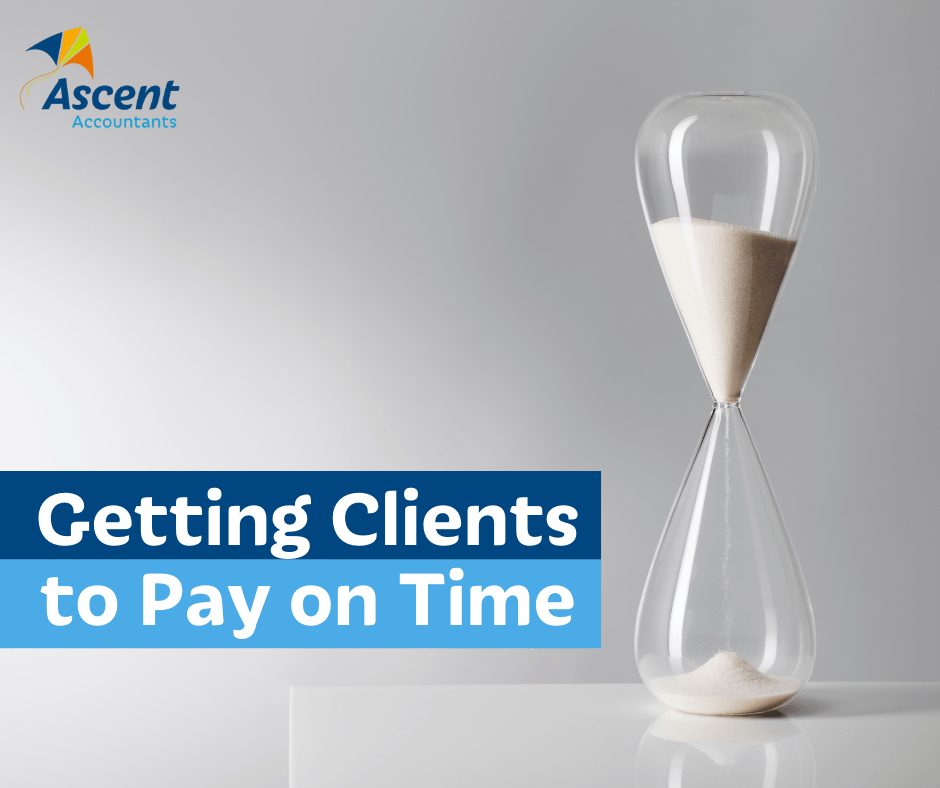Getting Clients to Pay on Time

Set the ground rules
This may seem like an obvious one, but it’s also a step that is very often overlooked. Getting in early to lay the ground rules really helps you going forwards.
Sometimes clients may pay their bills monthly or when suits them best. However, you need to establish your own boundaries for your own business.
Add a contact section explain your payment methods, due dates and other details you think are relevant. Being clear and upfront from the beginning will help you out so much more in the long run.
Think about rewarding early and in time payments
Giving your customers a reason to pay closer attention to your invoices can be a great solution for getting bills to be paid on time. You can encourage this by offering discounts for early and prompt payments. This is a great avenue as it rewards good practice, rather than punishing people for being late.
Even if you decide to put an interest rate in place for missed billing deadlines, be sure to emphasize the positive first option.
How you offer the discount is up to you, whether it’s a set percentage or a sliding percentage that lessens the closer to the deadline the payment is made.
Regardless, this is an excellent option to encourage on-time payments and positive cashflow for your business.
Offer a recurring payment option
If you work on a longer-term basis with clients, using a recurring payment option is a great option. This is a win-win as you don’t have to waste time following up payments, and your client also can't set and forget.
This can be easier said than done, especially if your payment amounts vary month to month. But it is also something well worth visiting when possible, both to make your own, as well as your clients, life easier.
Automate it
Sometimes it’s not your client’s fault, it’s your own. If you ever forget to send out your invoices, then you’re creating the problem for yourself.
Using a system to automatically send the bill once you complete the job will help you completely avoid this issue. You can also schedule payment reminder emails so some of the chasing can be done for you.
Another great option is outsourcing your accounting and bookkeeping services as another valuable option for staying on top of your accounts payable and receivables.
Add payment links directly in the invoice
For all you know, your clients may be well-intentioned and ready to pay your business on time, but get distracted while opening up the correct tabs and doing all the different and necessary steps that are required to pay you. We all know how easy it is to get distracted and how annoying it can be to have to start all over again.
If your invoicing system supports it, integrating payment links or buttons directly in your invoice can be a great way to help out your clients, and in turn, help yourself. This way, they are simply a click away from paying. Less steps and less time to get sidetracked.
If we all had our way, all invoices would be paid on time and we would never have to worry. However, sometimes you need to put a little bit of effort and thought in how to get that cash flowing to your business. Try giving this handful of ideas a go to not only create stronger and more positive relationships with your clients but also to help keep your business in a positive position.
Need help with your accounting?








